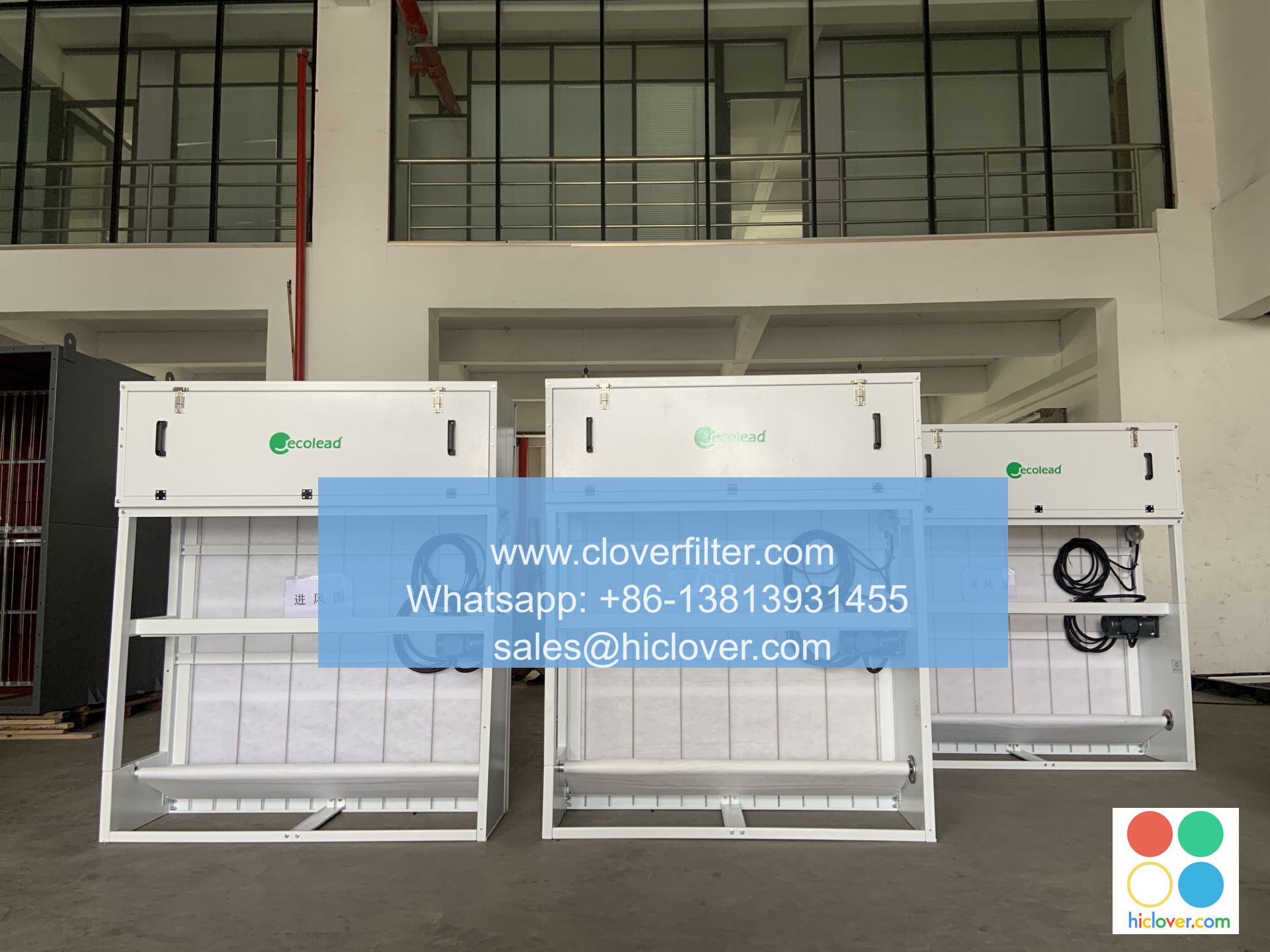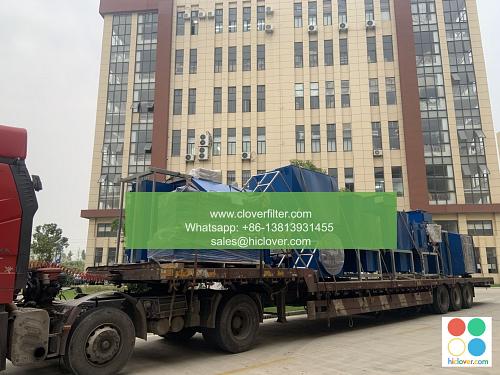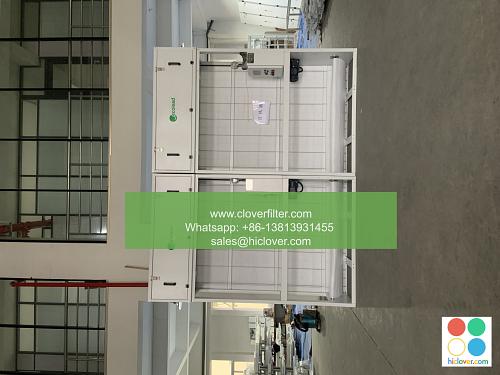The Role of Automatic Roll Air Filters in Preventing Foodborne Illnesses in Research Labs

Research laboratories play a critical role in advancing our understanding of various diseases, including foodborne illnesses. These labs often handle and test food samples, which can harbor harmful pathogens. To prevent the spread of these pathogens and maintain a safe working environment, research labs rely on various control measures, including air filtration systems. Automatic roll air filters are an essential component of these systems, and they play a vital role in preventing foodborne illnesses in research labs.
Foodborne illnesses are a significant public health concern, with millions of cases reported worldwide each year. These illnesses can be caused by a range of pathogens, including bacteria, viruses, and parasites. Research labs that handle food samples are at risk of contaminating their facilities with these pathogens, which can then be transmitted to lab workers, the environment, and the food supply. To mitigate this risk, research labs must implement robust control measures to prevent the spread of pathogens.
Automatic roll air filters are designed to capture airborne pathogens and other contaminants, preventing them from circulating in the lab environment. These filters are typically installed in the lab’s HVAC system and are designed to remove 99.97% of particles as small as 0.3 microns. This includes most bacteria, viruses, and other microorganisms that can cause foodborne illnesses. By removing these pathogens from the air, automatic roll air filters help to prevent their spread and reduce the risk of transmission to lab workers and the environment.
In addition to capturing airborne pathogens, automatic roll air filters also help to maintain a clean and safe working environment in research labs. These filters can remove other contaminants, such as dust, pollen, and mold spores, which can exacerbate respiratory problems and other health issues. By maintaining good indoor air quality, research labs can reduce the risk of illness and injury among lab workers, improve productivity, and enhance overall well-being.
Automatic roll air filters are also designed to be low-maintenance and easy to use. These filters are typically replaced on a regular schedule, such as every 1-3 months, depending on the lab’s specific needs and usage. This ensures that the filters continue to function effectively and capture airborne pathogens and other contaminants. Additionally, many automatic roll air filters are designed with features such as automatic roll change and filter monitoring, which can help to simplify maintenance and reduce downtime.
When selecting automatic roll air filters for a research lab, there are several factors to consider. These include the filter’s efficiency, capacity, and compatibility with the lab’s HVAC system. It’s also essential to consider the lab’s specific needs and requirements, such as the types of pathogens being handled and the level of contamination risk. By selecting the right automatic roll air filter, research labs can help to prevent the spread of foodborne illnesses and maintain a safe and healthy working environment.
In conclusion, automatic roll air filters play a critical role in preventing foodborne illnesses in research labs. By capturing airborne pathogens and other contaminants, these filters help to prevent the spread of disease and maintain a safe and healthy working environment. With their low-maintenance design and ease of use, automatic roll air filters are an essential component of any research lab’s control measures. By selecting the right filter and implementing it as part of a comprehensive control strategy, research labs can help to prevent the spread of foodborne illnesses and protect the health and well-being of lab workers and the environment.
FAQs
Q: What is the purpose of automatic roll air filters in research labs?
A: The primary purpose of automatic roll air filters in research labs is to capture airborne pathogens and other contaminants, preventing their spread and reducing the risk of foodborne illnesses.
Q: How often should automatic roll air filters be replaced?
A: The frequency of replacement depends on the lab’s specific needs and usage, but typically ranges from every 1-3 months.
Q: What factors should be considered when selecting automatic roll air filters for a research lab?
A: Factors to consider include the filter’s efficiency, capacity, and compatibility with the lab’s HVAC system, as well as the lab’s specific needs and requirements.
Q: Can automatic roll air filters remove all types of pathogens?
A: Automatic roll air filters can remove most airborne pathogens, including bacteria, viruses, and other microorganisms, but may not capture all types of pathogens. A comprehensive control strategy is essential to preventing the spread of foodborne illnesses.
Q: Are automatic roll air filters easy to maintain and use?
A: Yes, automatic roll air filters are designed to be low-maintenance and easy to use, with features such as automatic roll change and filter monitoring to simplify maintenance and reduce downtime.


